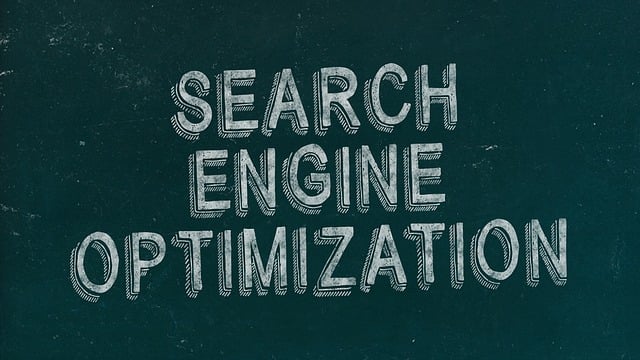AI early warning systems for food spoilage are transforming inventory management in perishable goods industries by predicting degradation timelines using machine learning models and real-time data from sensors. These systems, powered by historical data analysis, feature engineering, and advanced algorithms, optimize inventory control, reduce waste, enhance product quality, and minimize financial losses, thereby boosting customer satisfaction and brand reputation.
“Unleashing the power of AI and machine learning (ML) can transform how we manage perishable goods, especially in the food industry. This article explores the innovative concept of AI early warning systems for food spoilage, a game-changer in ensuring food safety and minimizing waste. We’ll guide you through the development process, from understanding the fundamentals to creating robust ML models and implementing efficient AI solutions. Discover how these advanced technologies can revolutionize your business and contribute to a more sustainable future.”
- Understanding AI Early Warning Systems for Food Spoilage
- Developing ML Models: A Step-by-Step Guide
- Implementing and Optimizing AI Solutions for Perishable Goods
Understanding AI Early Warning Systems for Food Spoilage

AI early warning systems for food spoilage are transforming how industries manage perishable goods. By leveraging machine learning models, these systems analyze vast datasets—from production to distribution—to predict when food will degrade. This predictive capability enables businesses to optimize inventory management, reduce waste, and enhance product quality.
These intelligent systems integrate various sensors and data points to detect subtle changes in temperature, moisture levels, and other critical factors that influence food spoilage. Armed with this real-time intelligence, companies can proactively intervene, recalling products before they reach consumers or adjusting distribution routes to ensure freshness. This not only minimizes financial losses but also boosts customer satisfaction and brand reputation.
Developing ML Models: A Step-by-Step Guide

Developing ML Models: A Step-by-Step Guide
1. Data Collection and Preparation: The first step in building an AI early warning system for food spoilage involves gathering relevant data. This includes historical data on food products, storage conditions, temperature logs, and past incidents of spoilage. Data preparation is crucial; it requires cleaning, organizing, and formatting the collected information to ensure consistency and accuracy.
2. Feature Engineering: Once the data is ready, feature engineering comes into play. Here, you identify and extract meaningful features from the dataset that can predict food spoilage. These might include temperature fluctuations, time since production, storage duration, and product-specific attributes. By selecting and transforming these features, the model gains insights to make accurate predictions.
Implementing and Optimizing AI Solutions for Perishable Goods

Implementing AI solutions in the perishable goods industry is a game-changer, offering advanced predictive capabilities and improved operational efficiency. By leveraging machine learning models, businesses can optimize their supply chain processes and reduce waste. AI early warning systems for food spoilage, for instance, use historical data and complex algorithms to predict the shelf life of products with remarkable accuracy. These systems can identify patterns and trends that human analysts might miss, enabling retailers and manufacturers to make informed decisions.
The optimization process involves training models on vast datasets, including temperature logs, product packaging details, and sales history. Once trained, these AI models can forecast spoilage rates and suggest optimal inventory management strategies. This proactive approach allows businesses to implement targeted measures, such as adjusting storage conditions or promotional strategies, to minimize food waste and maximize freshness.
AI early warning systems for food spoilage represent a significant advancement in optimizing perishable goods management. By leveraging machine learning models, businesses can now predict and prevent waste effectively. Following a structured approach to model development, as outlined in this article—from understanding the problem to implementation and optimization—enterprises can harness the power of AI to create sustainable and efficient food supply chains. These systems not only reduce costs but also contribute to a greener environment by minimizing food waste.
